The Pros and Cons of Grilling With Charcoal
Grilling over charcoal brings fire, smoke, and flavor straight to your food. Many cooks swear by it for the rich, smoky taste you can’t get from gas. Charcoal grills get hot fast and can sear meat beautifully. They also give you control over heat zones with some practice.
But charcoal grilling takes time and effort. Lighting the coals, waiting for the right temperature, and cleaning up afterward can be a hassle. It’s not always ideal for quick weeknight meals.
In this post, I’ll break down the pros and cons of charcoal grills. You’ll see where they shine and where they fall short. I’ll also share key tips to help you grill smarter—from choosing charcoal to managing heat and adding flavor with wood chips.
If you’re ready to take your grilling to the next level, charcoal might be the way. Let’s fire it up.
Please be sure to check out my 8 Grilling Tips To Grill Like A Pro.
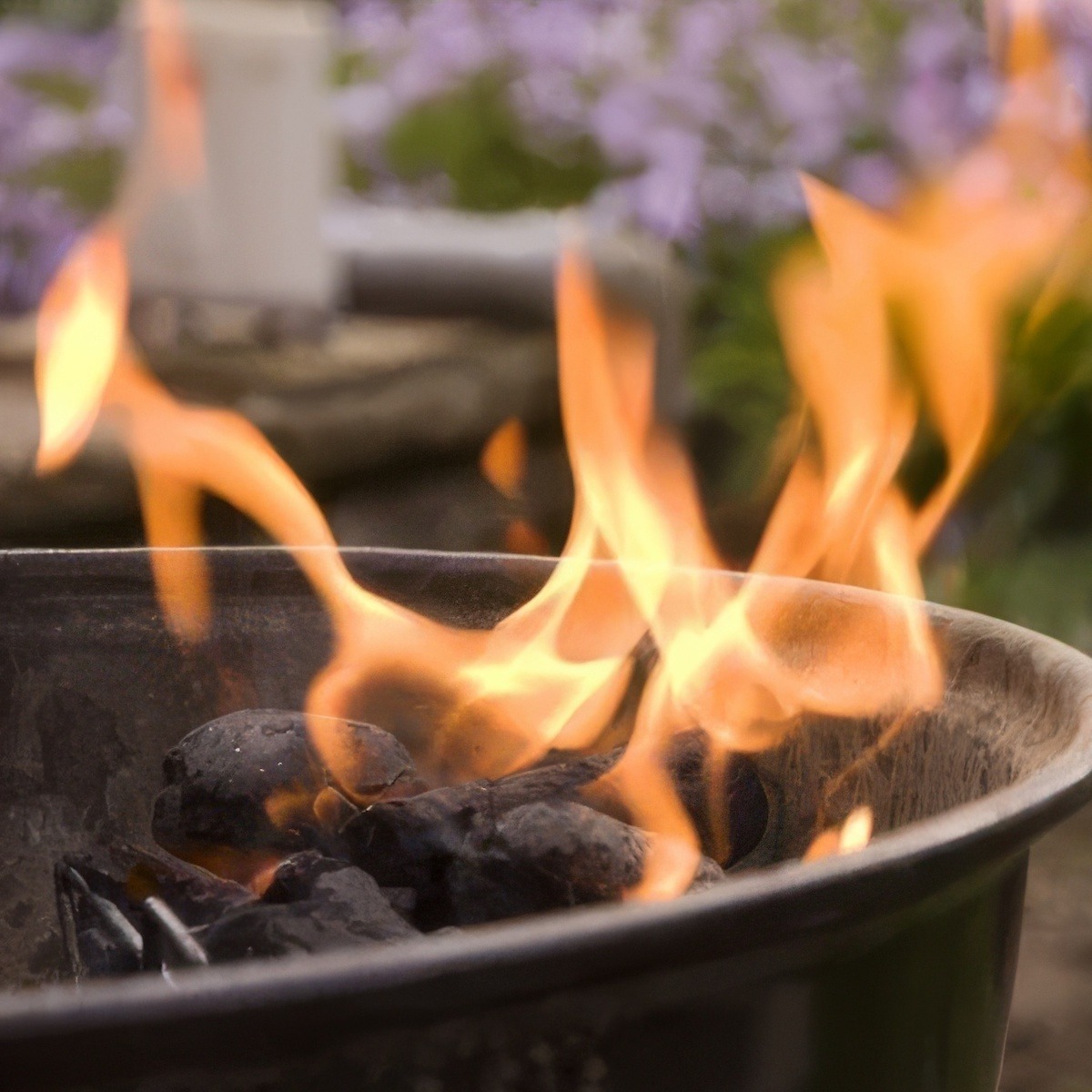
Pros of a Charcoal Grill
Pros | Cons |
| Rich, Smoky Flavor – Charcoal imparts a deep, smoky taste that gas grills can’t replicate. | Longer Start-Up Time – Coals can take 15–30 minutes to reach cooking temperature. |
| High Heat Capability – Ideal for searing steaks and achieving crispy exteriors. | Cleanup is Messy – Ashes and charcoal residue require more post-cook cleanup. |
| Great Heat Control – With practice, you can create multiple heat zones for precise cooking. | Temperature Can Fluctuate – Requires attention and skill to maintain consistent heat. |
| Portable and Affordable Options – Many charcoal grills are budget-friendly and easy to transport. | No Instant On/Off – You can’t “turn off” the heat quickly like with gas. |
| More Authentic Experience – Appeals to those who enjoy hands-on, traditional cooking. | Weather-Dependent – Wind and rain can affect performance more than with gas or electric. |
Tips for Grilling on a Charcoal Grill
Grilling Tip | Why It Matters |
| Use a Chimney Starter | Lights coals evenly without lighter fluid, which can affect flavor. Faster and safer ignition. |
| Wait for White-Hot Coals | White coals indicate they’re fully lit and burning evenly, ideal for consistent heat. |
| Create Two Heat Zones | Allows you to sear food over high heat, then move it to lower heat to finish cooking without burning. |
| Clean the Grill Grate Before Cooking | Prevents sticking and ensures clean grill marks and better flavor. |
| Oil the Grate Lightly | Helps prevent food from sticking and makes post-cooking cleanup easier. |
| Leave the Lid On for Thicker Cuts | Traps heat and smoke, creating an oven-like effect for more even cooking. |
| Use Vents to Control Temperature | Opening vents increases oxygen and heat; closing them cools things down. This gives you precise heat control. |
| Add Wood Chips for Flavor | Wood chips (soaked beforehand) add depth and variety to smoky flavors. |
| Don’t Overcrowd the Grill | Gives each item enough heat and airflow for even cooking and better browning. |
| Let Meat Rest After Grilling | Resting helps juices redistribute, making the meat more tender and flavorful. |
The Smell of the Grill
You know that glorious smell of barbecue in the air? That’s not gas—it’s charcoal. It’s the scent of real fire, smoke, and meat coming together. Lighting charcoal takes some effort, but with a little planning, you can get the coals glowing.
It takes time to reach the right temperature, but once the coals are ready, they deliver steady, even heat. When they turn white on the outside, they’re red-hot on the inside—perfect for grilling meat.
Charcoal burns incredibly hot, yet it’s safer than gas. It doesn’t come in pressurized tanks and won’t explode. Still, grilling requires caution. Protect yourself from flare-ups and stay mindful of the hot coals.
Charcoal grilling is also social. People love to gather around it. Thankfully, most charcoal grills are lightweight and portable. You can pack one into your car and take it to a friend’s house or the beach.
Charcoal briquettes are compact, too. They’re easy to transport, easy to store, and simple to use. That makes charcoal grilling not just flavorful, but convenient.
Enjoying Your New Charcoal Grill
Charcoal grilling may be a little messy and require a bit more skill, but the result is worth it. With better-tasting meat and that glorious aroma, some creative culinary flair will yield terrific results.
To see the pros and cons of grilling on a gas grill.

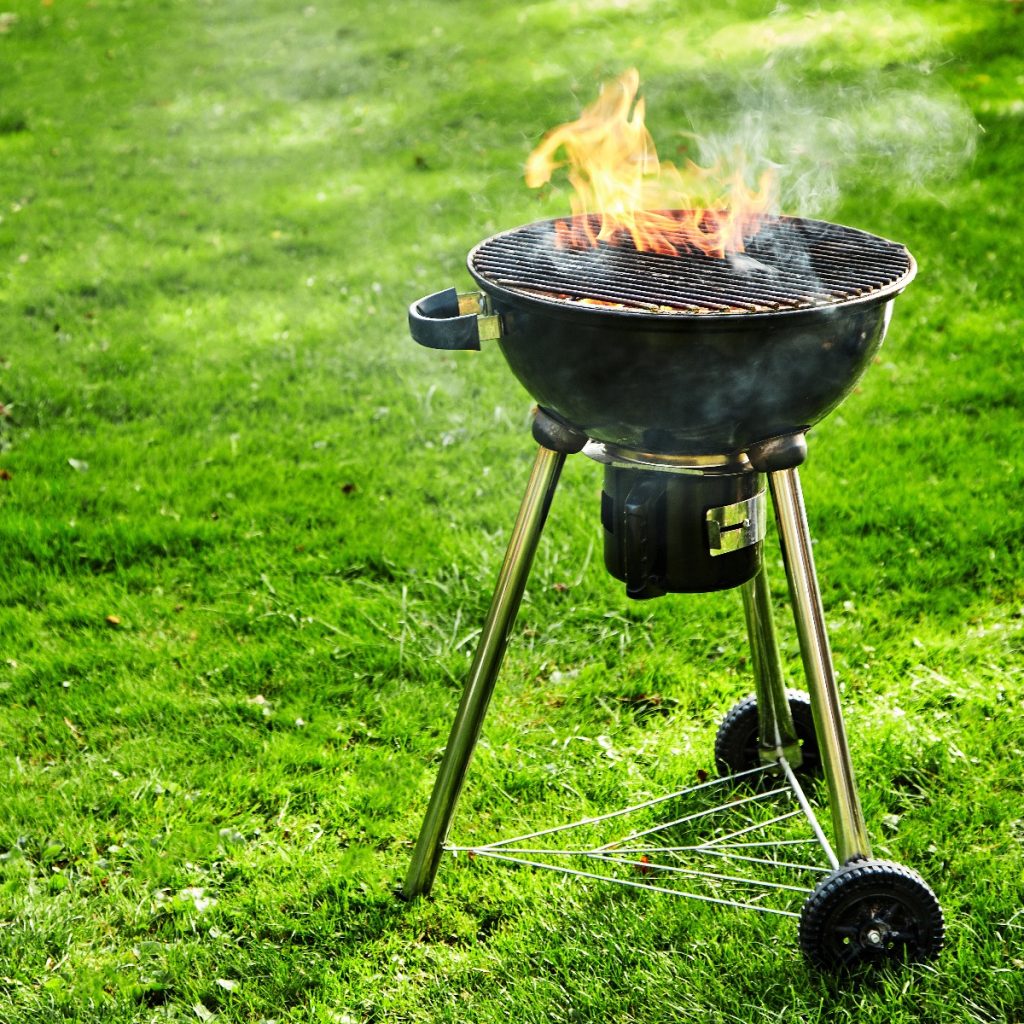
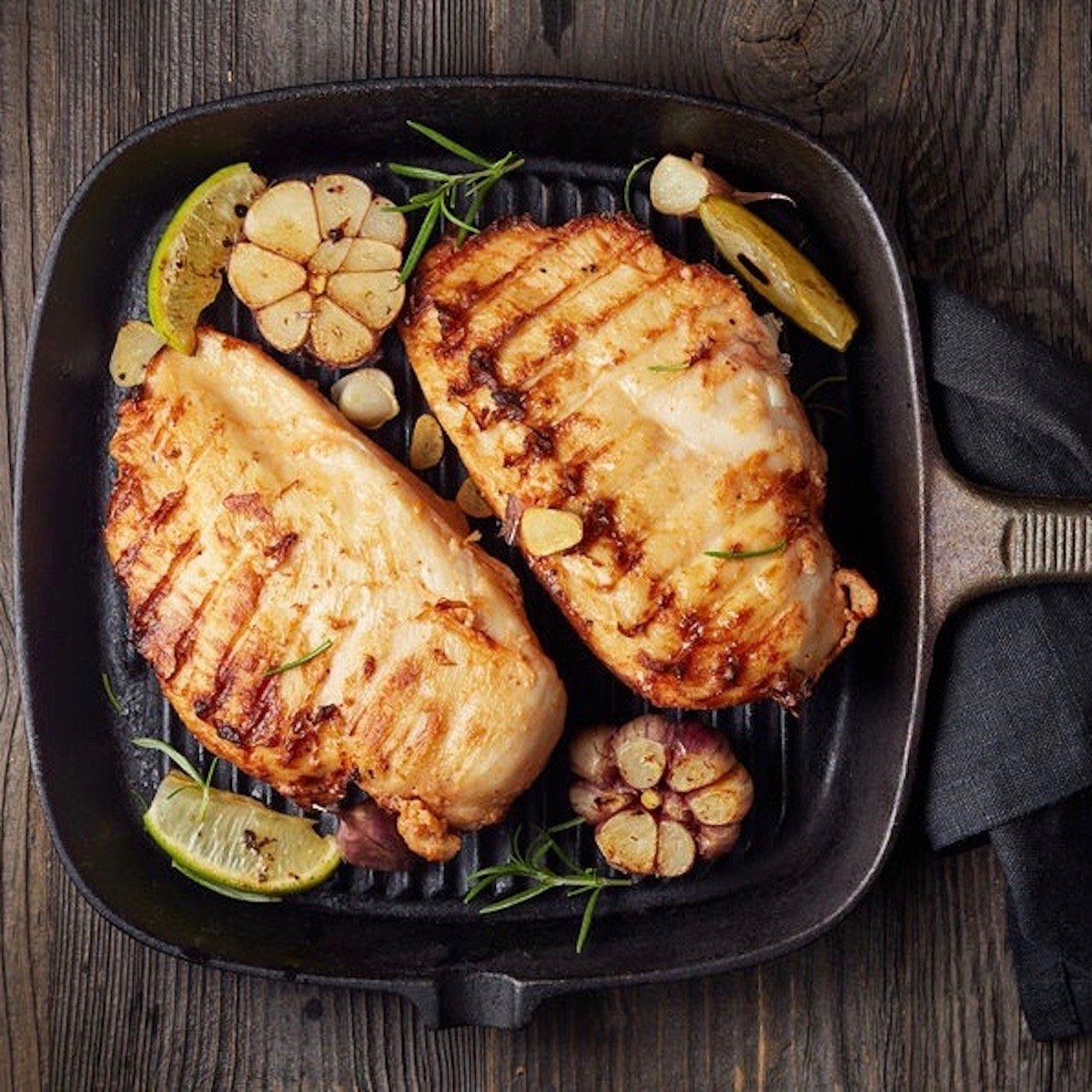
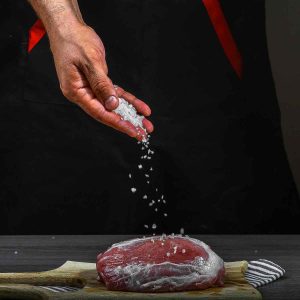
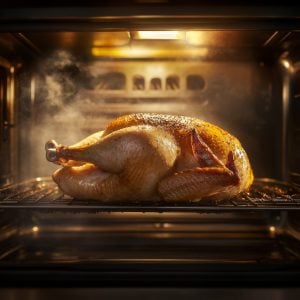
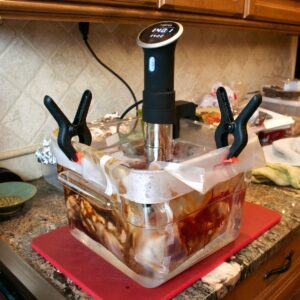

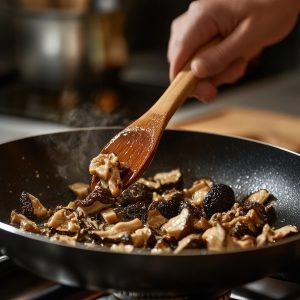
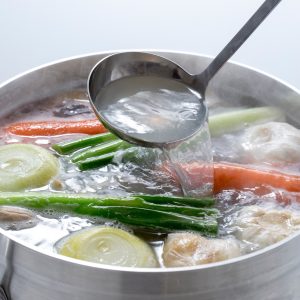




3 Responses
I charcoal grill and I have a question I need answered. All I have ever grilled were quick ten to 15 minute items like rib steak or hamburgers but I have wanted to do more the problem is my lack of knowledge in the following area:
How long will the coals last and how do I know when to add more ie. I want to cook ‘chicken on a beer can’…it takes at least an hour to an hour and a half…so how do I know when to add more coals to keep the heat hot?
Great question – I can’t tell you how long the charcoal will last because it depends on the charcoal and how hot your fire is but you add more as needed. If the fire is loosing heat because the coals have diminished, you add some more coals but remember, when you are cooking something for a longer time like beer can chicken, you are going to keep the cover on the grill so you don’t need a tremendous about of heat like you might when searing a steak. – RG
well that’s the thing….how do i know when to add more? is it when the lump charcoal has burned very small or do I assume that after 45 minutes I should automatically add more? I guess I need to know how to take the temperature of the coals/heat
I don’t think there is too much that is automatic in cooking. Everything has variables. However, if you keep your eye on you fire you will be able to tell when you need to add more charcoal. – RG
I get my coals to last longer by using a mixture of charcoal briquettes and lump charcoal/seasoned hardwood. This does produce a high heat but the adjustable grill takes care of that.
Great tip Ric, thanks – RG